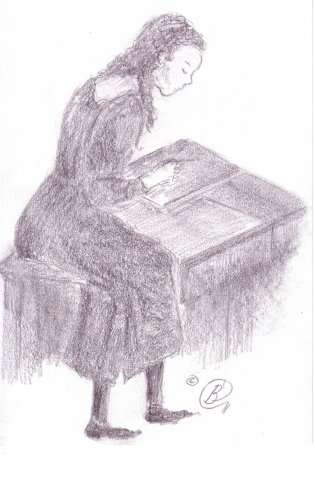Children's Education in the 1800's
Children's Education in the 1800's by Peter Ward
(Please visit the contents page on his web site: WWW.peterward@ourwardfamily.com)
The sons of middle-class families attended grammar schools or private academies.
When Queen Victoria came to the throne in 1837, the only schools available for poor children were charity and church schools or 'dame' schools set up by unqualified teachers in their own homes.
Ragged schools were introduced in the 1840s.
Working in the poorest districts, teachers (who were often local working people) initially utilised such building as stables, lofts, railway arches, could be afforded.
This mix expanded into industrial and commercial subjects in many schools.
The President of the London Ragged School Union, founded in 1844, was Lord Shaftesbury.
There were eventually 200 Ragged Schools in Great Britain providing an education for over 300,000 children who, as Charles Dickens noted, were 'too ragged, wretched, filthy, and forlorn, to enter any other place'.
The Ragged School Union was also responsible for the provision of several welfare schemes aimed at improving the lives of children from deprived families.
It is difficult to calculate the impact made by the work of the Ragged School Union on the lives of children.
Hundreds of children continued to live a life of vagrant crime and long working hours.
